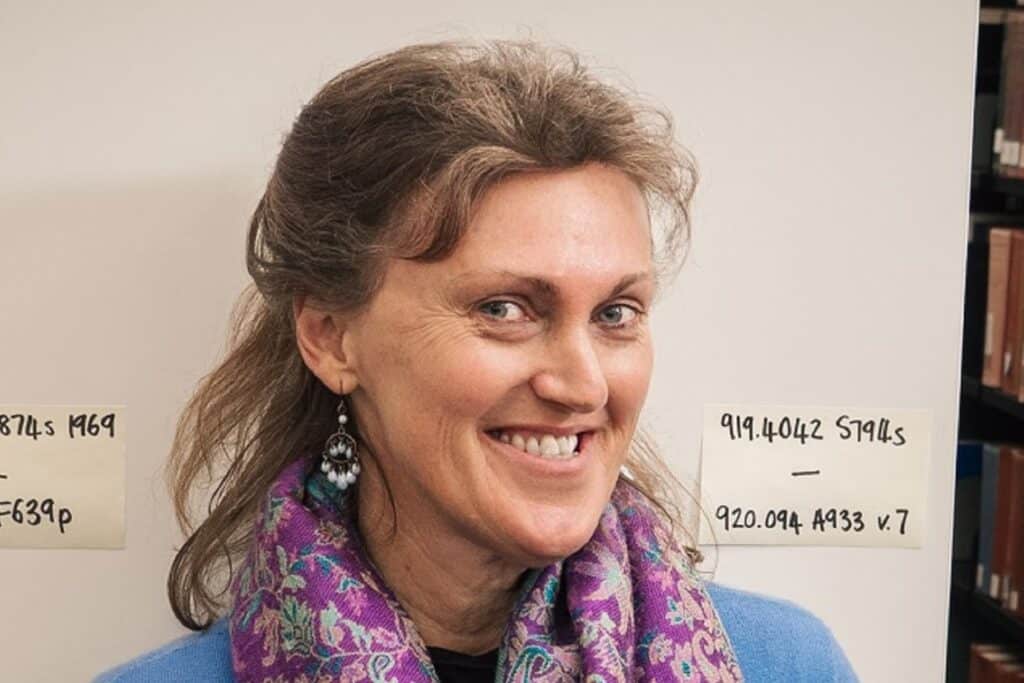The government has unveiled a new policy to wipe billions of dollars in student debt, a move that will largely benefit women and young people.
Under the proposed plan, Australians with a student debt through the HECS-HELP university loan system, VET loans and apprenticeship support loans will have their debt reduced by 20 per cent on 1 July 2025.
The scheme will wipe about $16 billion of student debt in total, according to government figures. For an average university graduate with a HECS-HELP debt of $27,600, the plan will remove $5,520.
Combined with Labor’s changes to indexation announced in May’s budget this year, this means by next financial year almost $20 billion of student debt will be wiped.
The government has also announced plans to lift the minimum student debt repayment threshold. Under the current system, students in debt are required to start the repayment once they are on a salary of $54,000 or more. With the proposed changes, the threshold would be increased to $67,000 by next financial year.
Making the announcement at a campaign rally in Adelaide on Sunday, Prime Minister Anthony Albanese said the policy will address “intergenerational unfairness” that stops many young Australians from attending tertiary education.
“This will help everyone with a student debt right now, whilst we work hard to deliver a better deal for every student in the years ahead,” Albanese said in a statement.
“No matter where you live or how much your parents earn, my Government will work to ensure the doors of opportunity are open for you.”
Education minister Jason Clare described the policy as a “game-changer” and “another significant reform that will help us build a better and fairer education system”.
The proposal still needs to be passed in parliament to take effect, and since the scheme is due to take effect next July, Albanese’s government would also need to be re-elected in order to move forward with the proposed changes.
Meanwhile, the opposition has labelled the scheme a “cash splash”. Speaking on Sky News Australia following the announcement, shadow foreign affairs minister Simon Birmingham questioned where the money is coming from.
“This isn’t real reform,” Birmingham said. “This doesn’t change the student fees that someone who starts university next year pays. This is simply a cash splash from Anthony Albanese.”
Shadow Education Minister Sarah Henderson said on social media Albanese’s plan is “profoundly unfair” and shows the government “has given up on the fight against inflation”.
“This is not just grossly unfair to the 24 million Australians who don’t have a student loan, but especially favours graduates who have racked up very large debts, many of whom will also be high income earners over their lifetimes,” Henderson wrote on X.
The Albanese Labor government’s announcement it will cut 20 per cent of student HELP debt is profoundly unfair and signals it has given up on the fight against inflation.
— Senator Sarah Henderson (@SenSHenderson) November 3, 2024
Labor needs to come clean on who pays for this, what the fiscal costs are, and how much Australian taxpayers… pic.twitter.com/w7NmMudog8
How would the scheme impact women?
The government said the reduction of student debt would help about three million Australians. According to 2022-23 data from the Australian Tax Office, 60 per cent of people with a student debt are women, and they account for 58 per cent of total student debt.
On top of holding more debt than men, the gender pay gap means women are further disadvantaged in terms of paying off their student debt.
Dr Marg Rogers is a Senior Lecturer in Early Childhood Education at the University of New England and a Postdoctoral Fellow for the Manna Institute. Whilst she believes the plan will benefit women to an extent, a greater effort must be made to co-design policy that will make a marked difference to gender inequality.

“Any reduction of fees will benefit women who are trying to complete their education and get ahead during challenging financial times. By reducing the amount to be paid each year, women struggling on lower wages and high cost of living will benefit in the short term,” Dr Rogers told Women’s Agenda.
“However, we know that women end up paying more already due to longer debts due to lower wages, growing debt and quite often, time out of the workforce.”
On average, a woman’s weekly earnings are 14 per cent less than the male counterparts, according to analysis from the Australian Housing and Urban Research Institute. Women also retire, on average, with 25 per cent less superannuation than their male counterparts.
“Any measure to improve women’s financial wellbeing is welcomed, but the ramifications on women’s particular needs should be not only taken into account, it should be co-designed by women,” Dr Rogers said.
“In the past, policymakers have been invariably white, well to do men with little to no understanding on how their ideas would impact women.”


